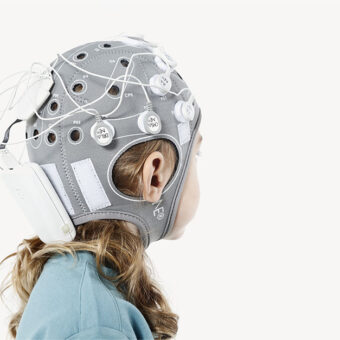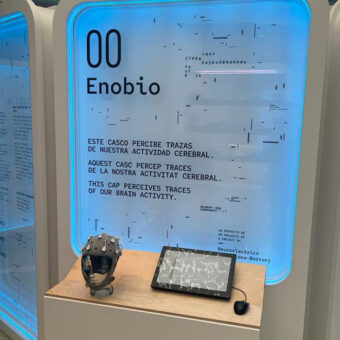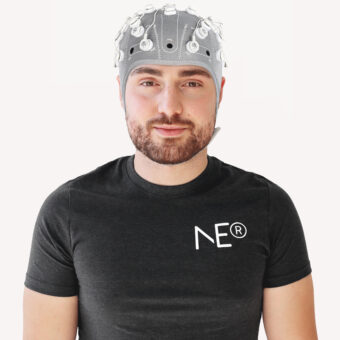We have been working lately on some applications that take EEG sensors out of the common lab and put them out in the cold, through applications that use EEG in multimodal environments, like virtual reality worlds, augmented reality set ups, sport training systems, etc.
This brings a lot of new approaches, usages and opportunities to the EEG world, but also brings different problems and issues to be dealt with. Dealing with artifacts, interferences and low signal qualities in general is way more complex than in traditional lab conditions, and requires much more effort than in other approaches. And, of course, most of these applications require the EEG sensor to be wireless (that is, actually, one of the main advantages of Enobio, and one of the reasons why we are working in many projects in this area).

One of the first multimodal environments to incorporate physiological sensing and, specifically, EEG sensing was virtual world environtments. Usually setup with 3D glasses and a cave, or through the usage of head mounted displays, these environments usually incorporate other modalities, like 3D sound, physiological signal monitoring, and body tracking. This is, for example, a common setup used in the Beaming project. One novel usage of EEG in virtual reality worlds is the use of the user’s brain activity signal to navigate through the world he/she is immersed in, like is proposed in this paper and shown in this video. Other experiments use virtual reality environments to recreate special conditions otherwise hard to provoke in which to study the EEG response. Or, not only study the response, but also to train brain activity, like in this paper, in which they upgrade attention performance using virtual environtments and EEG.
Another interesting multimodal area in which EEG is being incorporated is augmented reality environments. In this project, EEG is used to record brain activity during memory recalling of lost objects, augmented reality is used to evoke different kinds of objects, and again the EEG signal is analysed to try to detect a correlation. In this other paper, the possibilities of using EEG and augmented reality for advanced BCI applications into daily life are explored.

There are many other possibilities to incorporate EEG into multimodal environments. Lately sports training systems make use of multimodal sensoring to explore different aspects of sport training and performance evaluation. Already some of them are incorporating EEG sensing in order to study brain activity related to sport performance.
Do you know any other applications of EEG in multimodal environments? Or do you envision new possibilities? Let us know!



